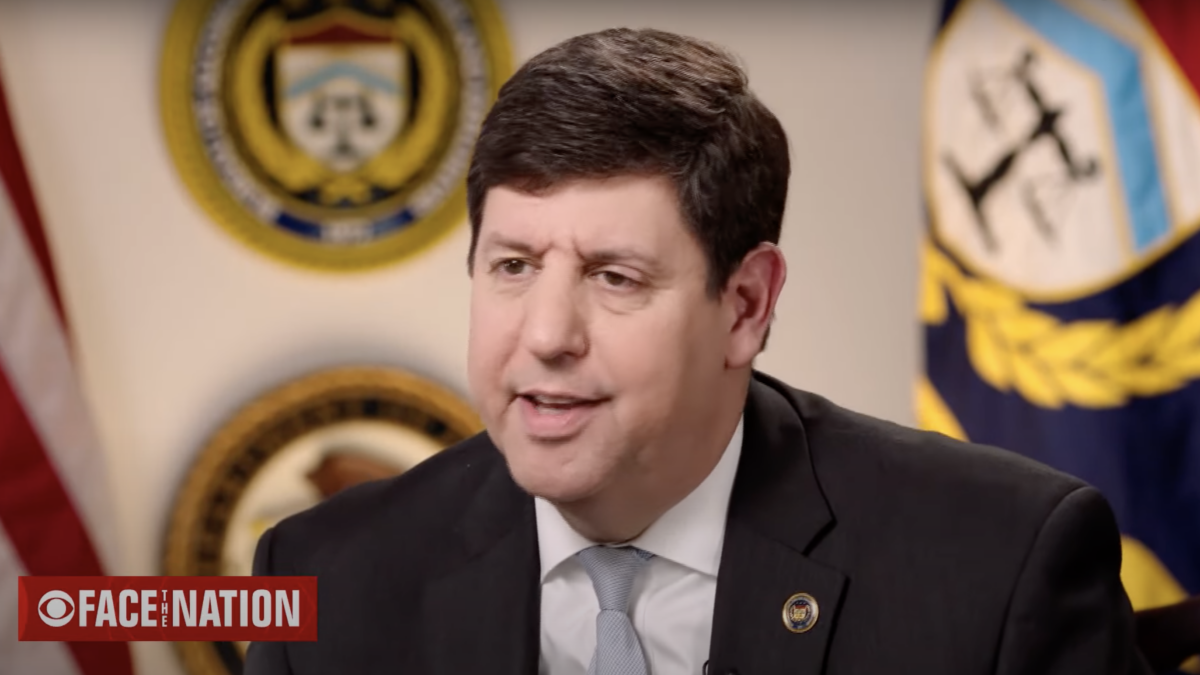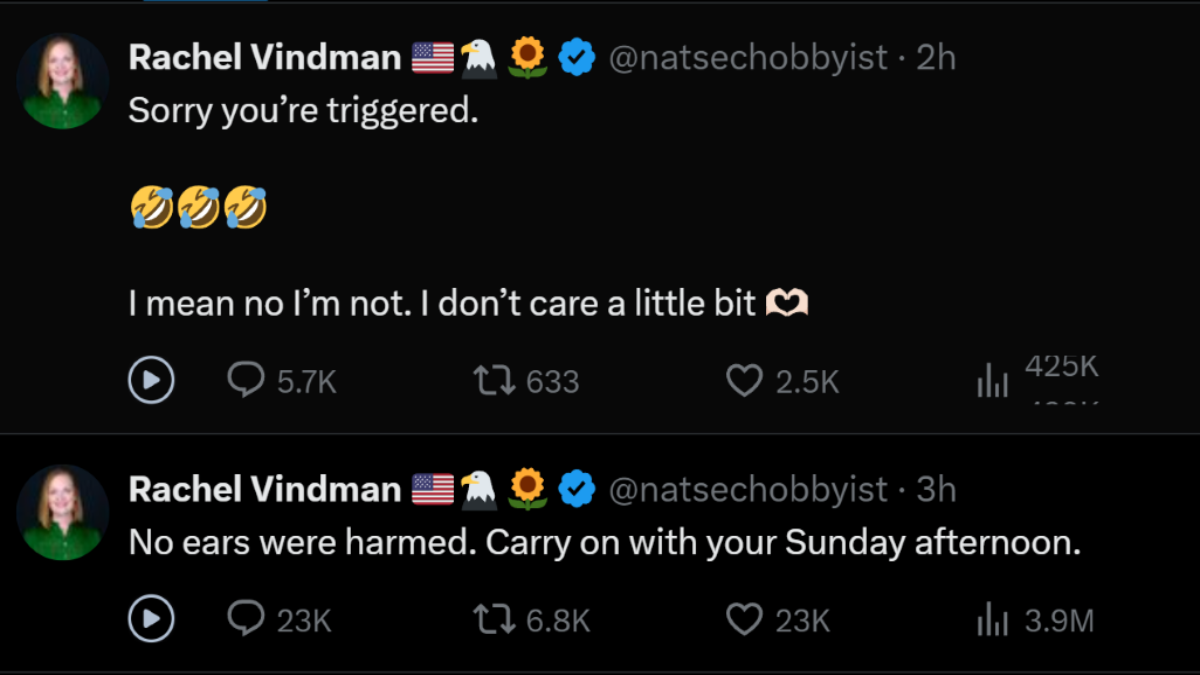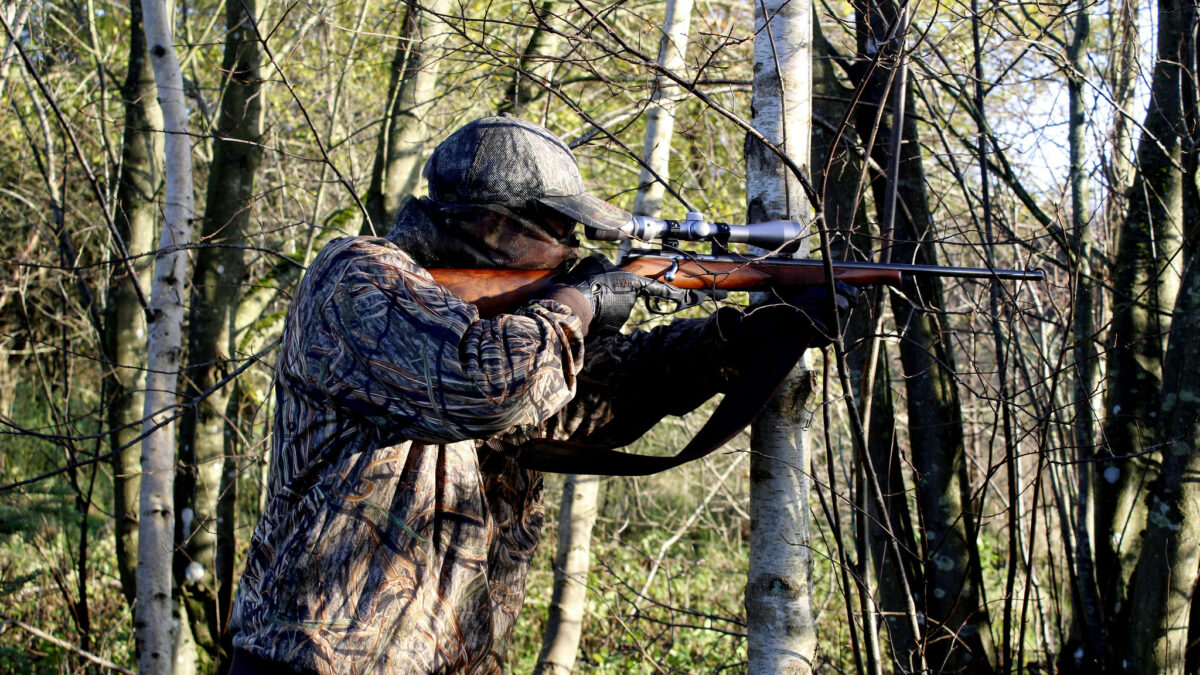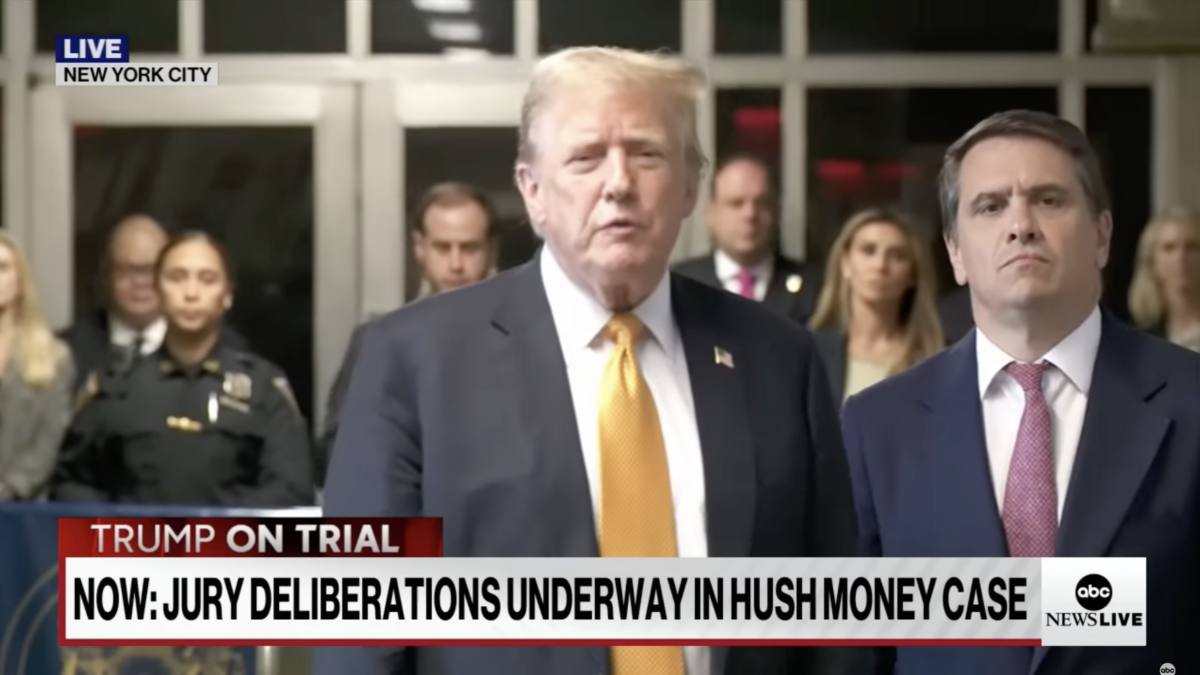President Joe Biden’s Bureau of Alcohol, Tobacco, Firearms Director Steven Dettelbach seems to know as much about guns as Democrat-nominated Supreme Court justices.
As ATF head, Dettelbach, who was confirmed in 2022 with the help of Senate Democrats and two Republicans, is expected to understand to some degree the items his agency regulates and enforces. Unfortunately for Americans who have endured a slew of attacks on their Second Amendment rights at the hands of the Biden administration, Dettelbach is publicly ignorant about the guns and gun parts his agency wants to ban.
During his appearance on CBS’s “Face The Nation” over the weekend, Dettelbach outlined for CBS News’s Margaret Brennan the ATF’s desire to ban certain firearms and modifications he claimed are loopholes in restrictive gun laws.
In the sit-down portion of his interview, Dettelbach claimed his 5,000-person agency is “way, way, way too small” to fully satisfy Biden’s gun-grabbing goals. He also admitted the ATF, even though barred from creating a federal database of firearm owners, still devotes its time and resources to “work within that system” and link guns to owners.
When the interview shifted to a demonstration featuring a table of unloaded firearms, Dettelbach tried his best to make the case for more regulation of law-abiding Americans’ top self-defense option. Even with the help of one of the ATF’s “leading experts,” however, Dettelbach failed to demonstrate knowledge of even the most basic firearm anatomy such as the difference between a clip and a magazine.
Acting AFT division chief Chris Bort, the “expert” present for the demonstration, also struggled to disassemble a pistol in an attempt to show how allegedly easily Americans can swap firearm frames. Bort is acting head of the ATF’s Firearms Ammunition Technology Division.
“Can’t get this one apart,” he mumbled as Dettelbach complained that the ATF is barred from regulating most gun parts outside of frames and receivers.
“You would like to do that?” Brennan asked.
“That’s up to Congress to determine,” Dettelbach said.
If the ATF truly acts as if Congress is the final authority on what firearms and firearm parts get scrutinized, then its director wouldn’t be on national news emphasizing the need to keep a bump stock ban. That is what Dettelbach and Bort did next.
When the conversation shifted to bump stocks, Bort agreed with Brennan that “there’s no reason you would use that for hunting.”
“No, I do not believe you would use this for hunting,” he said.
“This is to shoot large numbers of people at once,” Brennan claimed.
Before Bort could answer, Dettelbach jumped in to explain that a bump stock was used by the Las Vegas shooter in 2017 to kill 58 and injure hundreds more.
The ATF previously allowed law-abiding Americans to own and use non-mechanical bump stocks to aid with trigger dexterity, but redefined them as “machine guns” shortly after the 2017 tragedy. The ATF’s rushed rule forced Americans to destroy or surrender their lawfully acquired non-mechanical bump stocks or face felony charges. That led to a slew of lawsuits and court decisions.
The Supreme Court heard oral arguments last month to determine if the ATF has the authority to ban bump stocks based on claims the assistive casing transforms semiautomatic rifles into machine guns. The court is expected to rule on the case this summer.
“So these could, in theory, be back on the market after June?” Brennan asked, clearly displeased with the possibility.
“The Supreme Court will rule how it rules and we’ll follow the line. If they say that it can’t be regulated, it’ll just have to be the application of the National Firearms Act without that particular. Depends on what they say and how they say it,” Dettelbach said.
Dettelbach expressed the same belief about pistol braces. The ATF barred those via a rule that, if not stopped in courts, could have turned up to 40 million Americans who legally obtained pistol brace-equipped firearms into federal felons.
“The two weapons are designed to be fired from the shoulder identically,” Dettelbach claimed of pistol-brace equipped firearms and the National Firearms Act-regulated short-barrel rifle.
“They all look the same,” Brennan added.
“Right, so we’re treating them the same,” Dettelbach said.
Dettelbach also claimed gun owners are using 3D-printed plastic guns and modifications to change their semi-automatic weapons to “functionally, to do the things that a fully automatic weapon” does.
“So now, do-it-yourselfers who are not in the law enforcement community, who are not in the military, can break the law by doing what I was talking about before,” Dettelbach said.
Bort confirmed the ATF is “seeing this on the rise with gangs, cartels,” and other criminal groups. Yet Dettelbach repeatedly insisted it is law-abiding American citizens who purchase guns through licensed federal firearm dealers who must face bans or register and pay extra for gun parts.
Dettelbach pinned the bulk of the 3D-printed weapons problem not on the presence of criminal organizations emboldened by open borders but on Americans the ATF head claimed are responsible for manufacturing “most of the weapons that go to the cartels.”
“And they flow south over the border,” Dettelbach claimed.
“And the Mexican government constantly complains,” Brennan added.
Dettelbach concluded the segment by begging federal firearms dealers to help his agency stop straw purchases and other firearm-buying crimes. He claimed the ATF “respects” and “depends” on FFLs to operate but did not mention that law-abiding gun sellers already face penalties and even license revocations over even the most minor of paperwork flukes.









